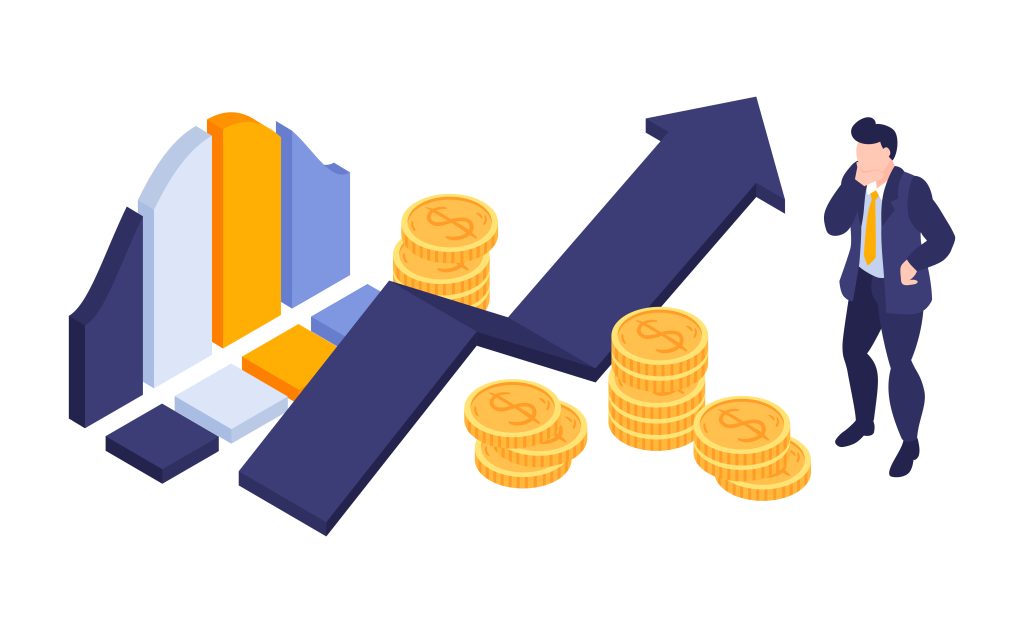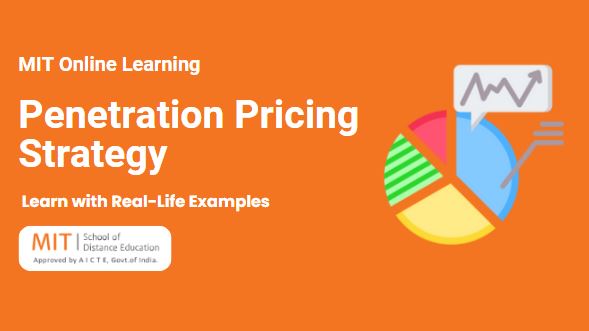In the world of business and marketing, choosing the right pricing strategies can make the difference between success and failure. One of the most talked-about approaches is penetration pricing — a powerful method used by brands to enter the market and attract customers quickly. But what is penetration pricing, how does it work, and when should businesses use it? This comprehensive guide covers the penetration pricing definition, examples, advantages and disadvantages of penetration pricing, and practical tips on how to use penetration pricing in business.
 What Is Penetration Pricing?
What Is Penetration Pricing?
Penetration pricing is a pricing strategy where a business sets a relatively low price for a new product or service to quickly attract customers and gain market share. This technique, known as market penetration pricing, helps brands establish themselves in competitive markets by appealing to price-sensitive consumers.
In simple terms, the penetration pricing meaning in marketing is about sacrificing short-term profits to build brand awareness, customer loyalty, and ultimately dominate the market over time.
For example, a streaming platform might launch with a low monthly fee to sign up millions of users, planning to increase the price later when it has a solid customer base.
 Understanding the Penetration Pricing Strategy
Understanding the Penetration Pricing Strategy
The penetration pricing strategy focuses on volume rather than immediate profitability. Instead of targeting niche, high-income customers, the brand aims to reach as many people as possible.
Why businesses use penetration pricing:
- Entering a saturated market
- Introducing a new product category
- Creating strong brand recognition quickly
- Building economies of scale
By leveraging market penetration pricing, businesses can outperform competitors, discourage new entrants, and capture loyal customers early.

🌟 Penetration Pricing Examples and Real-Life Success Stories
Many well-known brands have used penetration pricing strategy with examples of impressive success:
✅ Netflix:
When Netflix expanded globally, it offered low subscription fees compared to traditional cable TV, quickly becoming the world’s leading streaming platform.
✅ Xiaomi smartphones:
Xiaomi used penetration pricing to sell high-spec smartphones at budget prices, gaining huge market share in countries like India and China.
✅ Food delivery apps (like Uber Eats & DoorDash):
These platforms offered significant discounts and free deliveries at launch to build user bases rapidly.
✅ Disney+:
At launch, Disney+ offered its streaming service at a lower monthly price than Netflix, attracting millions of subscribers.
These real-life examples of penetration pricing show how powerful this pricing strategy can be in different industries.
⚖ Advantages and Disadvantages of Penetration Pricing
Understanding the advantages and disadvantages of penetration pricing helps businesses decide when to use it.
✅ Advantages:
- Rapidly build market share
- Strong brand recognition
- Discourage competitors from entering the market
- Achieve economies of scale quickly
- Build customer loyalty through early adoption
⚠ Disadvantages:
- Lower profit margins at the beginning
- Potential for being perceived as a “low-quality” or “cheap” brand
- Difficulties raising prices later without losing customers
- Not suitable for premium or luxury products
Despite these challenges, the benefits of penetration pricing strategy often outweigh the risks for products targeting mass markets.

 Penetration Pricing vs Skimming Pricing: What’s the Difference?
Penetration Pricing vs Skimming Pricing: What’s the Difference?
Businesses often compare penetration pricing vs skimming pricing to choose the right approach.
|
Aspect |
Penetration Pricing |
Skimming Pricing |
|
Starting price |
Low |
High |
|
Goal |
Gain quick market share |
Maximize early profits |
|
Target market |
Price-sensitive, mass market |
Early adopters, less price-sensitive |
|
Price over time |
Starts low, increases later |
Starts high, decreases over time |
|
Use case |
New product in competitive market |
Innovative or premium products |
Penetration pricing works best when the goal is rapid growth and customer acquisition, while skimming pricing is suitable for unique or high-tech products with limited initial competition.
 How to Use Penetration Pricing in Business
How to Use Penetration Pricing in Business
Implementing a penetration pricing strategy successfully requires planning and analysis. Here’s a step-by-step guide on how to use penetration pricing in business:
 1. Research Your Market
1. Research Your Market
Analyze competitors, customer preferences, and price sensitivity. Use market research to identify gaps and opportunities.
 2. Set an Attractive Introductory Price
2. Set an Attractive Introductory Price
Choose a price significantly lower than competitors to create buzz and attract attention.
 3. Plan for Volume
3. Plan for Volume
Ensure your production, logistics, and customer support can handle an influx of new customers.
 4. Promote Aggressively
4. Promote Aggressively
Launch marketing campaigns highlighting your low price and value proposition.
 5. Monitor Results
5. Monitor Results
Track customer acquisition, retention, and profitability.
 6. Gradually Adjust Prices
6. Gradually Adjust Prices
Once you’ve built a loyal customer base and established brand value, slowly increase prices without sacrificing market share.
Knowing when to use penetration pricing strategy is as important as how to implement it. It works best when:
- Entering competitive markets
- Targeting mass audiences
- Offering products or services that benefit from high volume (e.g., streaming, fast-moving consumer goods)
 Why Marketers Need to Master Pricing Strategies
Why Marketers Need to Master Pricing Strategies
In today’s fast-paced business environment, marketers need to understand not only penetration pricing but also a range of pricing strategies like price skimming, premium pricing, and competitive pricing.
Professionals who master these concepts can help businesses make data-driven decisions, maximize revenue, and build sustainable brands.
Whether you’re launching a new product or managing an established brand, knowing how to use penetration pricing in business can give you a competitive edge.
 Upgrade Your Marketing Skills
Upgrade Your Marketing Skills
Become an expert in pricing, branding, digital marketing, and strategy with industry-recognized courses:





Explore these programs to deepen your understanding of penetration pricing, consumer behavior, and advanced marketing tactics.
 Final Thoughts
Final Thoughts
The penetration pricing strategy is a valuable tool in a marketer’s toolkit, especially for businesses aiming to capture market share quickly. While there are advantages and disadvantages of penetration pricing, using it correctly can transform your brand’s growth trajectory.
By learning from penetration pricing examples, understanding when and how to use it, and comparing it to other pricing strategies like skimming pricing, you can make informed decisions that align with your business goals.
Ready to master pricing strategies and become a marketing leader?






